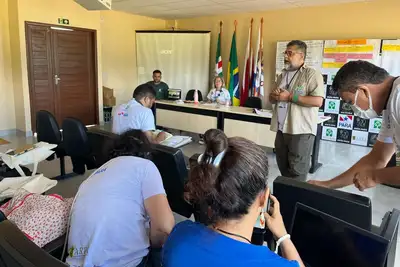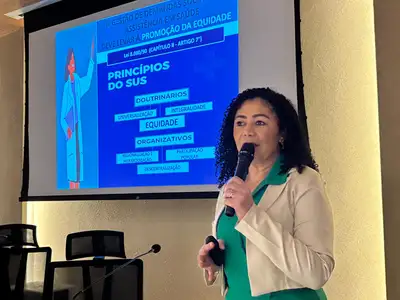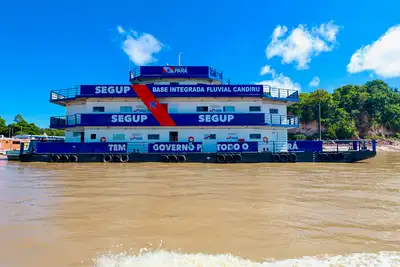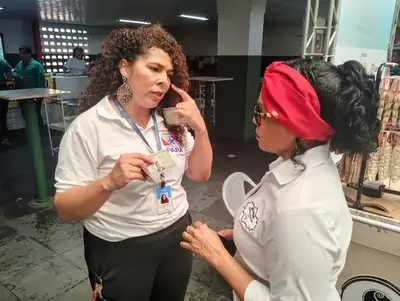State delivers the Cipriano Santos Canal and sanitation works advance benefiting over 500 thousand people in Belém
The investment is part of the macrodrenaging services of the Tucunduba Basin and will be a legacy of COP3
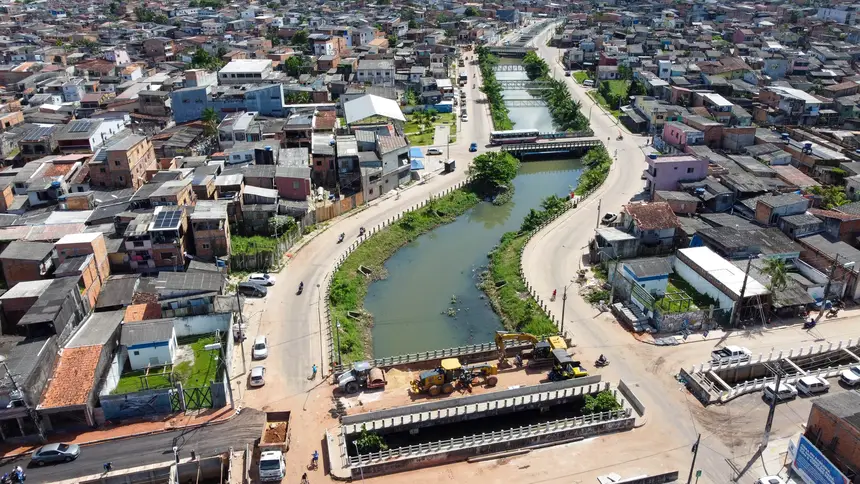
The Government of Pará delivers, on the morning of this Sunday (18), the sanitation of the Cipriano Santos Canal, in the Terra Firme neighborhood, in Belém. It is the third sanitation work completed by the State as a legacy of the COP30 event. The investment is part of the macrodrenaging services of the Tucunduba Basin, which benefits thousands of people in the capital of Pará.
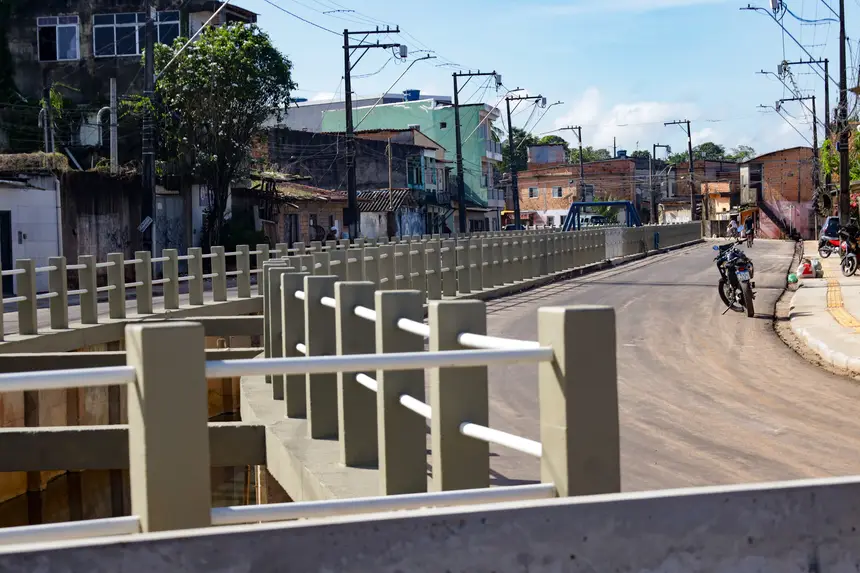
"Investments in the canals of Belém change the daily lives of residents. Services involving macrodrenaging, requalification, and adaptation of canals reflect in sanitation, a benefit that is ending historical difficulties of flooding in the capital, bringing more comfort and dignity to the population," says the Secretary of Public Works, Ruy Cabral.
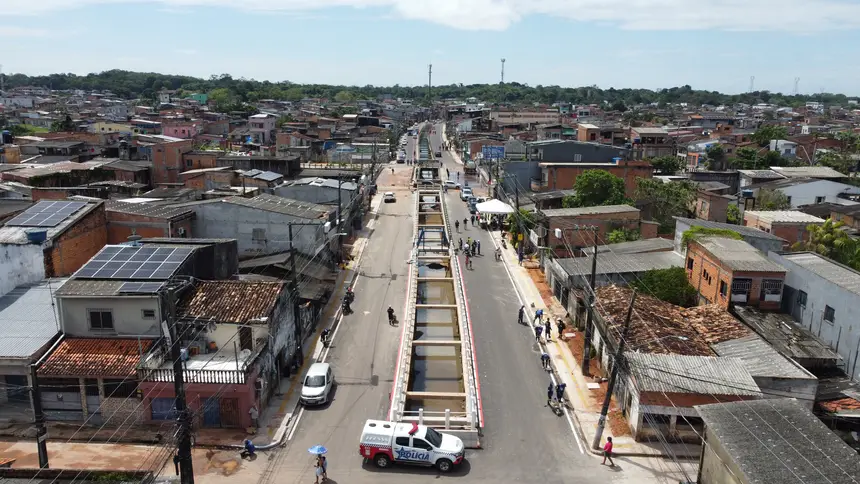
Among the works carried out by the State Department of Public Works (Seop) on the Cipriano Santos Canal are services for the recovery of the canal walls; construction of new water supply, drainage, and sewage networks; asphalt paving of side streets; construction of four bridges and seven walkways; road urbanization; filling of backyards and bike lanes. These works aim to solve problems such as historical flooding, increase water and sewage coverage, and bring more quality of life to the population.
The nursing technician and educator Roseli Pinheiro, a resident of the Cipriano Santos Canal area, does not forget the difficulties of the absence of sanitation in the area and the change brought about by the State's intervention. "Today, thank God, it doesn't flood anymore. After the Tucunduba work and this macrodrenaging, it doesn't flood anymore. When I started building my house, I cried many times because I would buy a load of sand, leave it here, and go to work, and when I came back, the flood had taken it away. Now, thank God, look, everything is beautiful," said Roseli Pinheiro.
Fishing engineering student Lilian Carvalho, a resident of the Cipriano Santos Avenue area, celebrates the changes. "There will be movement in the street and our commerce will prosper," highlights Lilian Carvalho.
The president of the National Bank for Economic and Social Development (BNDES), Aloizio Mercadante, also highlighted the importance of the work. "The delivery of this canal is another important step in building a legacy for the residents of Belém. Under the guidance of the Lula government, BNDES has been a partner of the government of Pará in making large investments in infrastructure and expanding public services as important as this macrodrenaging and urbanization work, one of the 12 canals that the Bank is financing in the city. These are projects that improve the quality of life of the population. In other words, we are delivering a work for the city, not for an event," he affirms.
Historic investment – The Government of Pará, through the largest sanitation program in the history of Belém, is advancing in a series of reurbanizations in the capital's canals, aiming to improve urban mobility, prevent flooding, and increase the quality of life for over 500 thousand people. The works include the Tucunduba, Murutucu, Tamandaré, and Una Basins.
Since 2019, the State has invested in the requalification of 17 canals in the capital of Pará, of which 13 are COP30 legacies, allowing for an investment of over R$ 1 billion in sanitation in the capital of Pará.
Belém's candidacy to host COP30, which will take place in November, was also a catalyst for these investments. The works are financed with state treasury resources and involve partnerships with institutions such as Itaipu Binacional, BNDES, and the Federal Government. The initiative reflects a commitment to urban development, preparing the city for international events and promoting greater well-being for its citizens.





